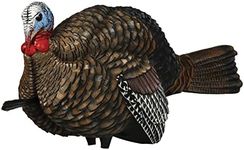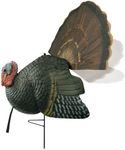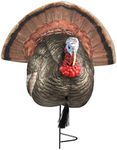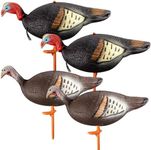We Use CookiesWe use cookies to enhance the security, performance,
functionality and for analytical and promotional activities. By continuing to browse this site you
are agreeing to our privacy policy
Best Turkey Decoys
From leading brands and best sellers available on the web.#2
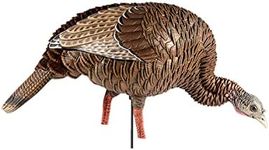
Avian X
5%OFF
Avian-X HDR Feeding Hen Turkey Decoy | Durable Realistic Lifelike Standing Hunting Decoy with Carry Bag & Integrated Stake, AVX8107
View Product
#3
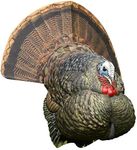
Avian X
28%OFF
Avian X Strutter Decoy, Camo
View Product
#4
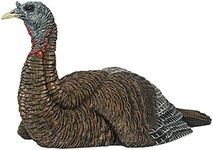
Avian X
LCD Laydown Hen Decoy
View Product
#5

Avian X
13%OFF
Avian X Lookout Turkey Decoy, Camo
View Product
#6

TargetEvo
TargetEvo Turkey Decoys for Hunting, 2 Pack Hen and Jake Combo Decoys with Stakes Carry Bag Collapsible Lightweight
View Product
#7
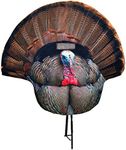
MONTANA DECOY
MONTANA DECOY Fanatic Reaping Decoy
View Product
#8

Hunters Specialties
STRUT-LITE Jake Decoy
View Product
#9
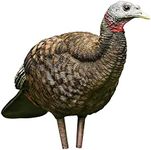
Avian X
10%OFF
Avian X AVX8008 Hunting Decoys Turkey, Multicolor, one Size
View Product
#10
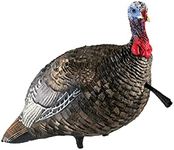
Avian X
AVIAN-X AVX8003 Hunting Decoys Turkey, Multi
View Product
Buying Guide for the Best Turkey Decoys
Choosing the right turkey decoy can make a big difference in your hunting success. Decoys are used to attract turkeys by mimicking the appearance and sometimes the behavior of real birds. The best decoy for you depends on your hunting style, the season, and the type of turkeys in your area. Understanding the key features will help you select a decoy that matches your needs and increases your chances of a successful hunt.Decoy TypeThe type of decoy refers to the form and purpose of the decoy, such as hen, jake, or tom. Hen decoys are used to attract both male and female turkeys, while jake and tom decoys are designed to provoke a response from dominant males. If you want to attract a wide range of turkeys, a hen decoy is a good choice. If you are targeting mature males, adding a jake or tom decoy can trigger territorial or mating behavior. Think about the turkeys you are targeting and the time of season, as males are more aggressive during mating season.
RealismRealism refers to how closely the decoy resembles a real turkey in terms of color, size, and feather detail. Highly realistic decoys can fool even wary turkeys, but they may be more expensive and sometimes heavier. Less realistic decoys are lighter and easier to carry but may not be as effective in areas with pressured or cautious birds. If you hunt in areas with a lot of hunting pressure, opt for the most realistic decoy you can manage. For less pressured areas or when mobility is key, a simpler decoy may suffice.
Material and DurabilityThe material of the decoy affects its durability, weight, and ease of transport. Decoys can be made from hard plastic, collapsible foam, or fabric. Hard plastic decoys are durable and realistic but can be bulky. Foam and fabric decoys are lightweight and easy to pack but may not last as long. If you hike long distances, a lightweight, collapsible decoy is ideal. If you hunt close to your vehicle or want a long-lasting decoy, a hard plastic model may be better.
PortabilityPortability is about how easy it is to carry and set up the decoy. Some decoys fold or collapse for easy transport, while others are rigid. If you move around a lot or hunt in remote areas, choose a decoy that is easy to pack and quick to set up. If you hunt from a fixed blind, portability may be less important.
MovementSome decoys are designed to move in the wind or can be manually operated to mimic natural turkey behavior. Movement can make a decoy more convincing, especially in open areas where turkeys can observe from a distance. However, moving decoys can be more complex to set up and may require extra gear. If you hunt in open fields or want to add realism, consider a decoy with movement. For dense woods or quick setups, a stationary decoy may be sufficient.
Setup and StabilityThis refers to how easy it is to set up the decoy and how well it stays upright in different conditions. Some decoys come with stakes or bases that work better in certain types of ground. If you often hunt in windy or uneven terrain, look for a decoy with a sturdy stake or base. If you hunt in calm, flat areas, most decoys will work fine.
